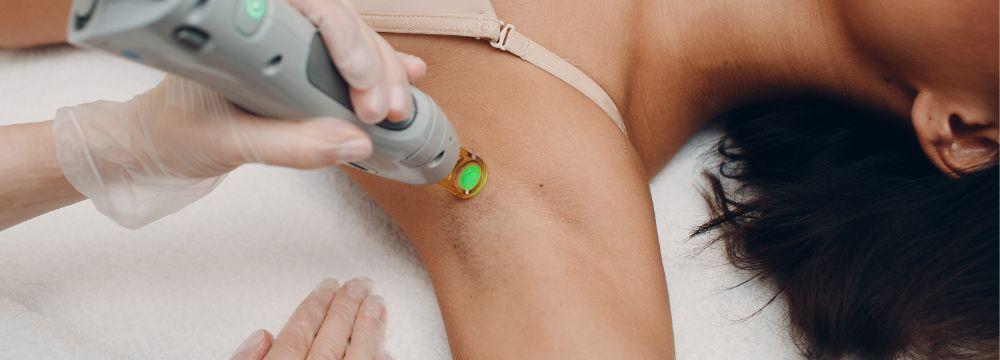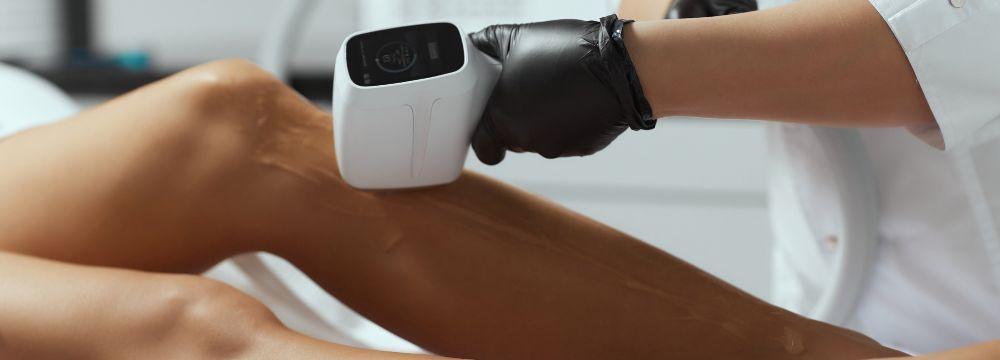IPL Versus LED Red Light Therapy for Facial Skin
Many skin rejuvenation products are available in today’s aesthetic dermatology market. You may have heard of light therapy, photo facials, phototherapy, or IPL as just some examples. Also known as photobiomodulation, light-based tissue therapies come in various forms and indications and have unique benefits and risks. However, if you were reading this article, you have decided to take care of your facial skin. By choosing a qualified and experienced provider able to offer various options, you have given yourself the best chance of a successful and safe procedure.
If you quickly search for Red Light Therapies, you will likely be overwhelmed with options and products—choosing between the various red and infrared light and Intense Pulsed Light (IPL) therapies might be tricky without understanding the key differences.
A Difference in the Spectrum of Light
The primary difference between IPL and Red Light Therapy is the technology, including the delivery system and the type of light used. Red light therapy uses the red portions of the spectrum (around 650nm) to near-infrared (at 830nm) and beyond to the infrared and far infrared ranges. This light is produced from a light-emitting diode (what we all know as LED). This is not a laser diode that pulses at high energy but a low-energy continuous light that can be used over days or weeks. This is also very different from IPL, which uses intense bursts of broad-spectrum light and is typically performed once every few months in an office setting, not daily or weekly like red light therapy.
On the other hand, the similarities between IPL and Red Light therapy include that they both use light as the active therapeutic mechanism, and they can both target the skin’s cells to help to improve wrinkles, photodamage, firmness, laxity, and even acne.
Differences in Usage Between Red Light and IPL
Some of the uses for Red Light do overlap with IPL. However, there are also some critical differences in their indications. IPL is highly effective for vascular lesions, which red light therapy does not target. Red light therapy has been shown to improve wound healing, which can be very useful following surgical procedures, while IPL has not. IPL may also be used for hair reduction, which red light is not. Some medical indications for IPL in photodynamic therapy (PDT) include rosacea, actinic keratosis, psoriasis, and eczema. There is even some limited evidence for using red light therapy for weight loss and stimulating hair regrowth – which are not concerns that IPL can address.
So how do these technologies work? You might be surprised to discover that NASA developed Red Light therapy for astronaut wound healing in space. Today, red light is used for various situations- including reducing inflammation, collagen stimulation, and tissue regeneration, to name a few. Many research studies have aimed to determine the effectiveness of red light therapy for aesthetic skin rejuvenation. Still, it remains controversial since no definitive studies demonstrate its advantages over other modalities. There is, however, conclusive research that demonstrates its safety. Several high-impact studies have shown that unlike UV light (on the opposite end of the spectrum), red light does not induce skin cancer, nor does it cause cells to mutate or damage tissue in any way.
Different modalities and products have been developed as red light devices have become increasingly popular. One of the original designs was a lamp, which could be positioned over any body area and used for wound healing and tissue rejuvenation. Other newer models geared more toward facial skin have recently gained popularity. These are worn as masks over the face and neck, delivering the light directly to the skin. Several products come in the form of wands that can be passed over the skin. Red light wands and masks utilize distinct wavelengths for different indications. However, some of the most promising research has shown 830nm to be the most effective target for cell regeneration and skin rejuvenation. While red light spas and infrared saunas are gaining popularity, having a full range of treatments at your disposal – including IPL and lasers provided by experienced clinicians, is always the best course of action. It’s worth noting that several red light therapy modalities have FDA clearance (distinct from approval), including some of the masks and saunas.
If you are looking for noticeable and fast results with tried-and-true facial rejuvenation technology and pigmentation reduction to fight long-term sun exposure, IPL is the way to go. Conversely, consider red light therapy if you are seeking a product that can be used at home for various purposes but likely with less dramatic aesthetic results.
Facial skin care is more than just a one-and-done proposition. Patients who spend the time and effort speaking to a qualified dermatologist like those at North Atlanta Dermatology and developing a facial care plan that includes products, procedures, and regular therapies see the best results. We encourage you to schedule a consultation at one of our Atlanta locations to learn more about your options based on your aesthetic goals.




